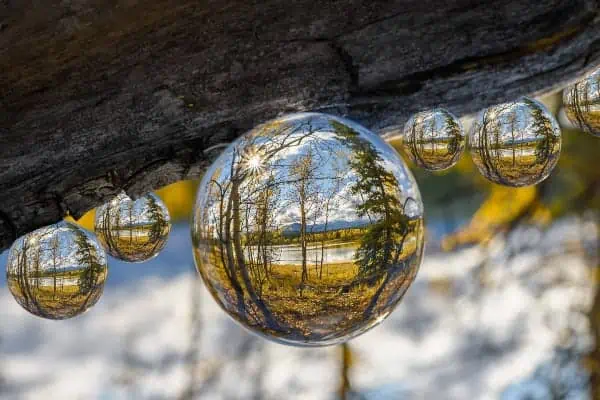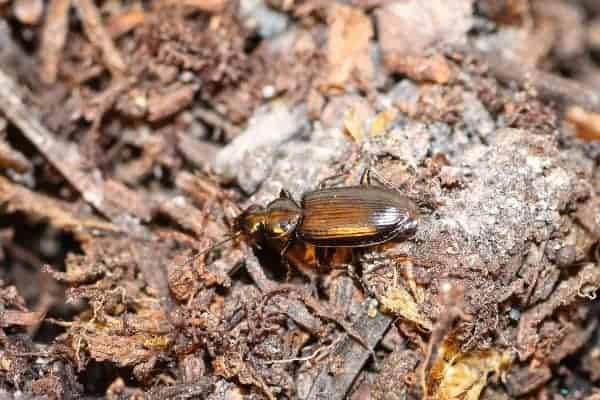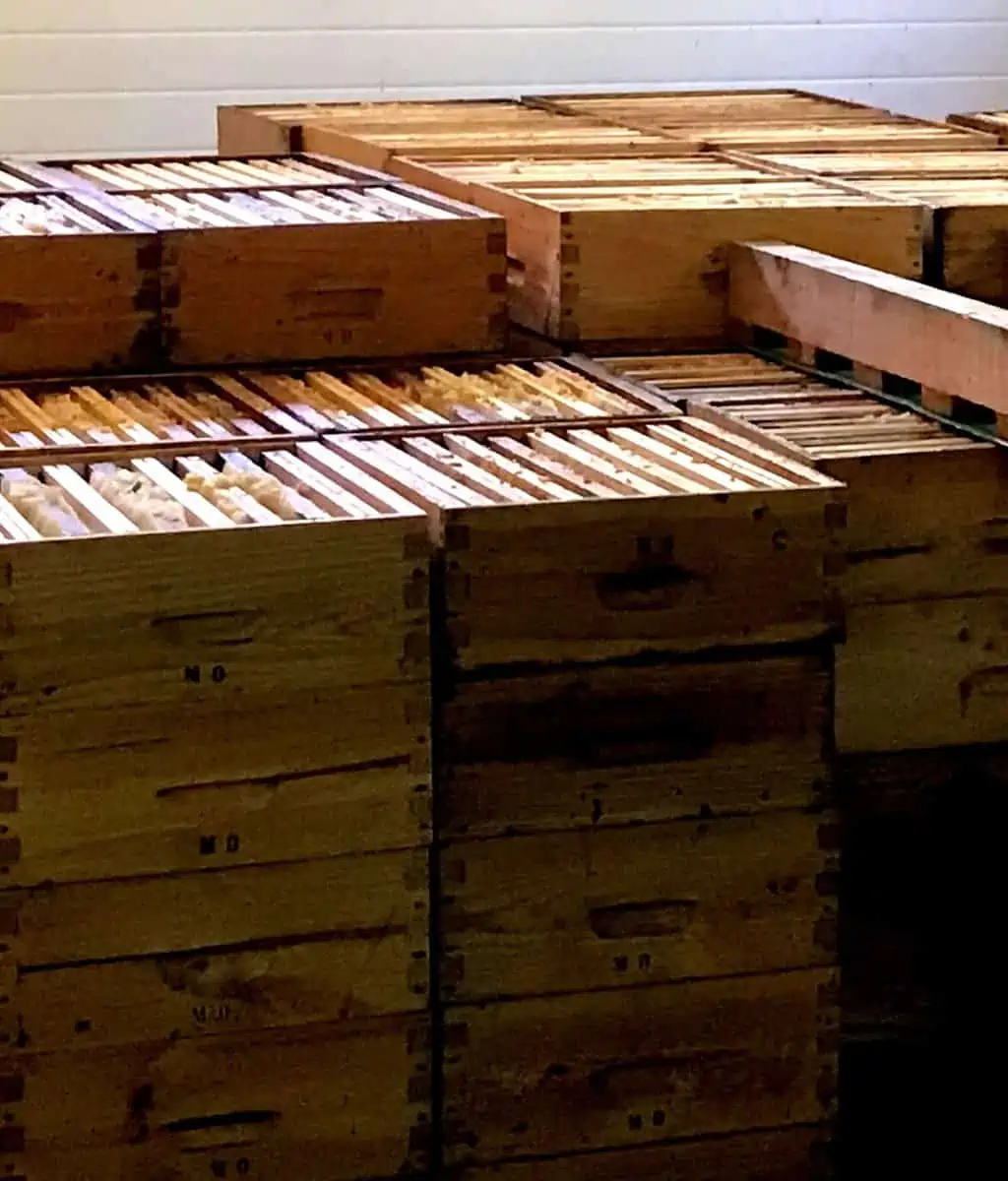
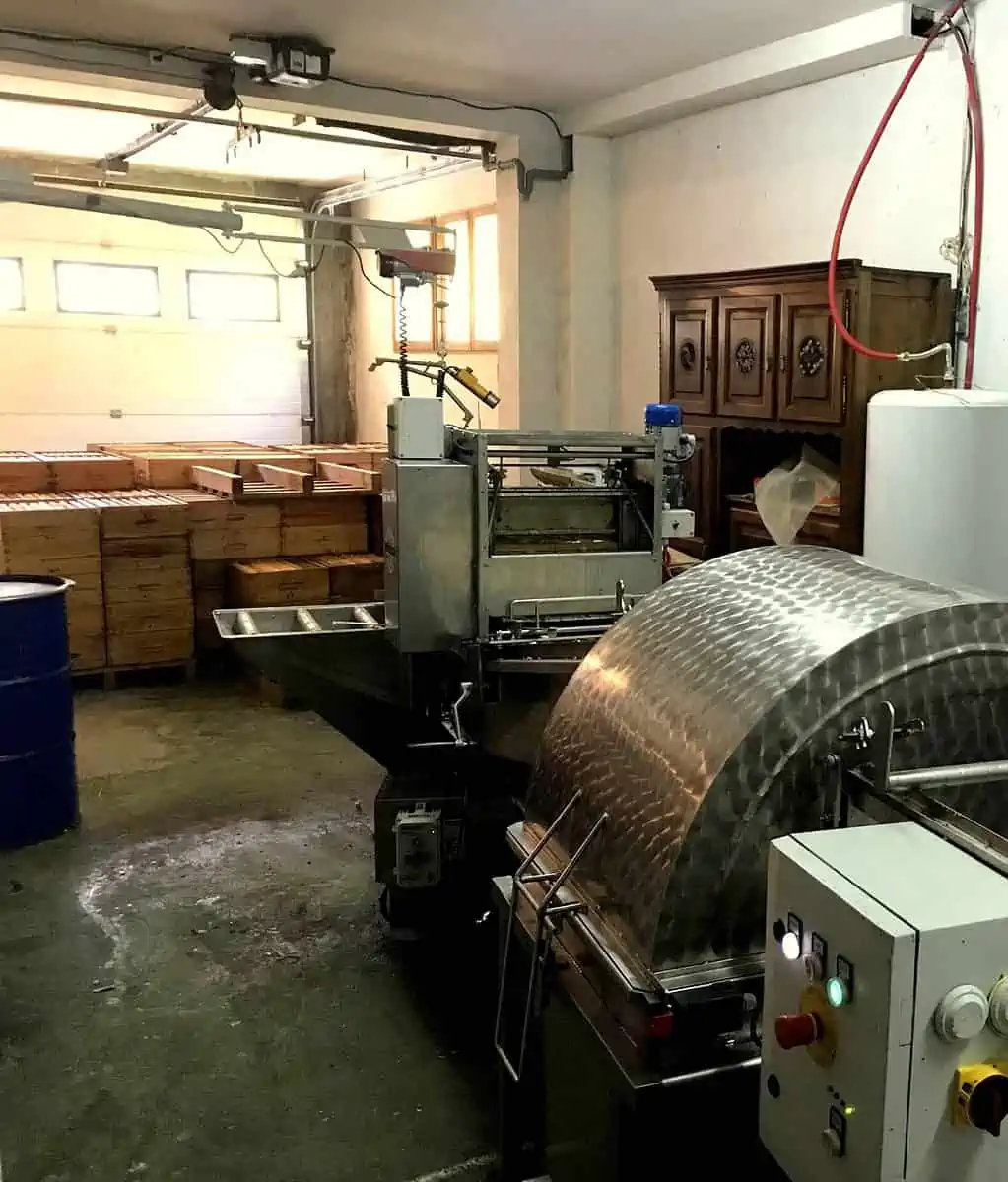
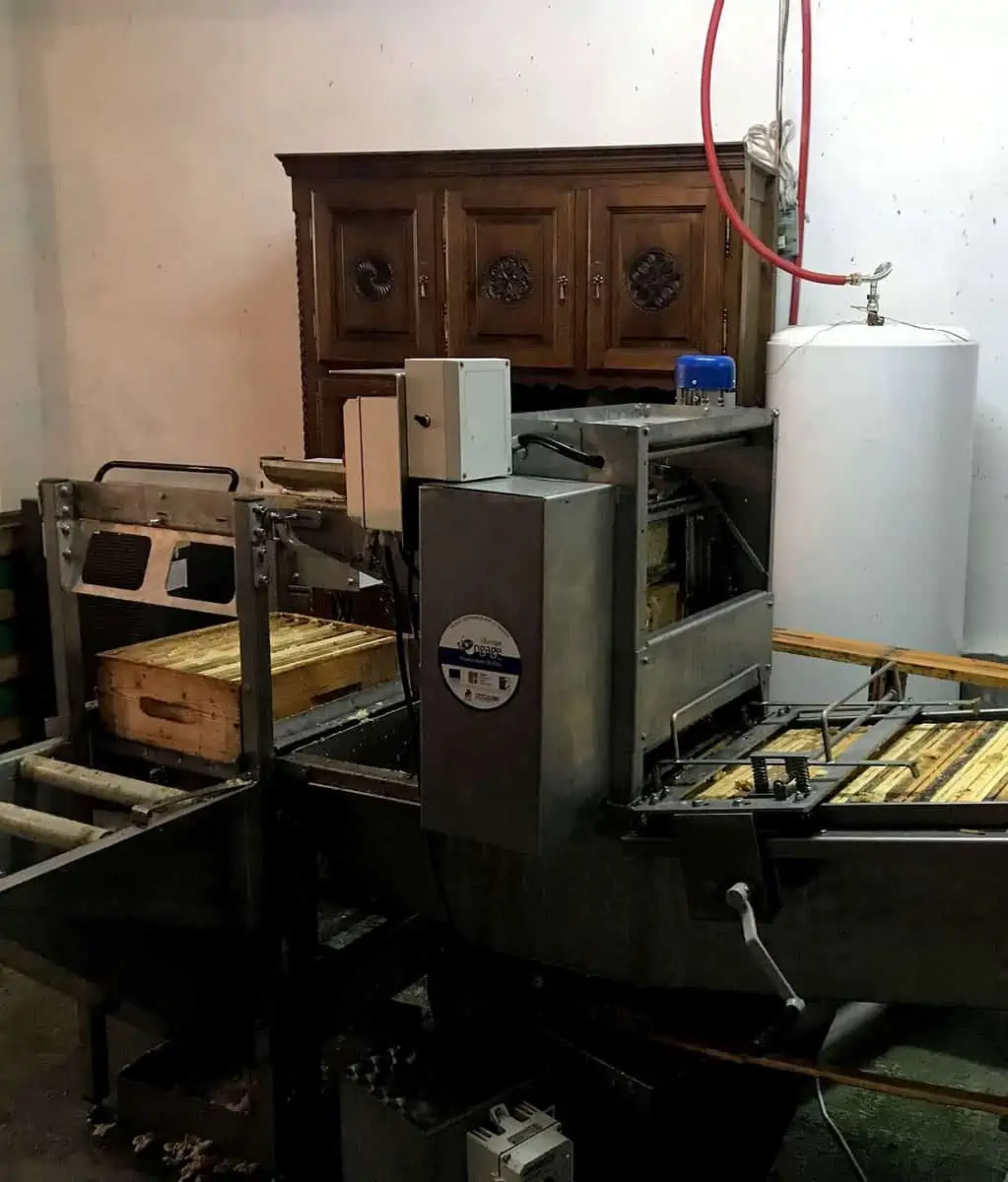
With over 200 to 250 winter days, the Yukon is a tough place for bees to survive. And, still, we are lucky to count about 200 beehives in the territory, with over 40 keepers producing honey from a wide variety of flowers and trees.
I live in France but I am currently travelling in the Alps. In the mountains, late summer to early fall is a beautiful time of year. Insects and mammals—marmots, voles, chamois (a species of goat-antelope) and mouflons (wild sheep)—are out to feed before winter.
In this European country, honey is widely produced: over 31,000 tons in 2020. More than a simple treat, honey collection is an ancient activity. In Spain, a rock painting depicting two honey foragers has been found and dates back at least 8,000 years. Other references exist from Ancient Egypt and Ancient Greece.
Honey is still considered medicine in many cultures (for treating wounds and burns, and for its antibacterial effect). Let’s discover how this golden nectar is made.
How is honey produced?
Honey is kind of a magical product. Humans don’t have much to do, to produce it: bees take care of pretty much everything.
They make honey from the nectar or honeydew that they collect with their tongue. The honey comes from flowers that secrete a sugary substance, while honeydew is made from the secretions of plant-eating insects, after they have sucked the sap from trees. Pine honey or chestnut-tree honey are good examples of honey from trees.
Once the bees collect the sugary matter, they keep it in their crop (honey stomach or honey sack) until they reach the hive. The bees will then regurgitate the honey in their mouth and give it to a “collector bee,” which in turn regurgitates the liquid to give to another collector bee. The honey is then stocked into the hive cells and the water is evaporated, thanks to worker bees. The worker bees vigorously fan their wings over the nectar to slowly dehydrate it. This method, combined with the enzymes available in the bees’ crop, during transportation, allows the thin liquid to be transformed into a much-thicker honey.
A fermented and healthy product
This mouth-to-mouth honey transmission process allows the sugary matter to ferment, thanks to the enzymes available in the bees’ crop. It produces an antiseptic and acidic end product.
This fermentation process is mostly a lactic one (same one used to make yogurt, sauerkraut and salami), with a wide variety of bacteria: over 13 lactic bacteria are present in a bee’s crop. Those bacteria keep the food from being spoiled and protects the bees from pathogenic bacteria. Eating fresh honey is probably one of the best foods we can eat that contains this diversity of microorganisms.
How is honey extracted?
Honeybees preserve honey by capping it into wax cells, making sure that it does not drop, to have enough food over the winter.
I visited a family of beekeepers in a remote part of the French Alps, to learn more about the extraction process.
As the Monnet family explained, honey is stocked in the frames of the hives. The bees need a certain quantity of honey and pollen in order to survive the winter season. While some beekeepers might just remove all of the honey and give sugar to the bees, instead, the Monnets believe that sugar impacts the colony’s survival and health, as the bees have to spend a lot of energy assimilating the sugar. Their recommendation is to leave what the bees need to live on and remove the rest of the honey.
The first step in harvesting honey is to take the frames out of the hive and uncap the cells. To do so, they use an extractor. This large machine scrapes the frames to remove the wax created by the bees. Once this is done, the engine spins the frames so that the honey is forced out of the comb and drips down inside the extractor.
The golden liquid is then filtered through a strainer and collected in a large metal bucket. A valve at the bottom of the bucket can be opened to fill jars—and the honey is ready to be tasted!
Raw honey can be kept for years and will naturally crystallize with time. Some honey is pasteurized, in order to keep its liquid consistency, but by doing so, its enzymes and health benefits are limited.
I hope you are enjoying some delicious Yukon “nectar!”

